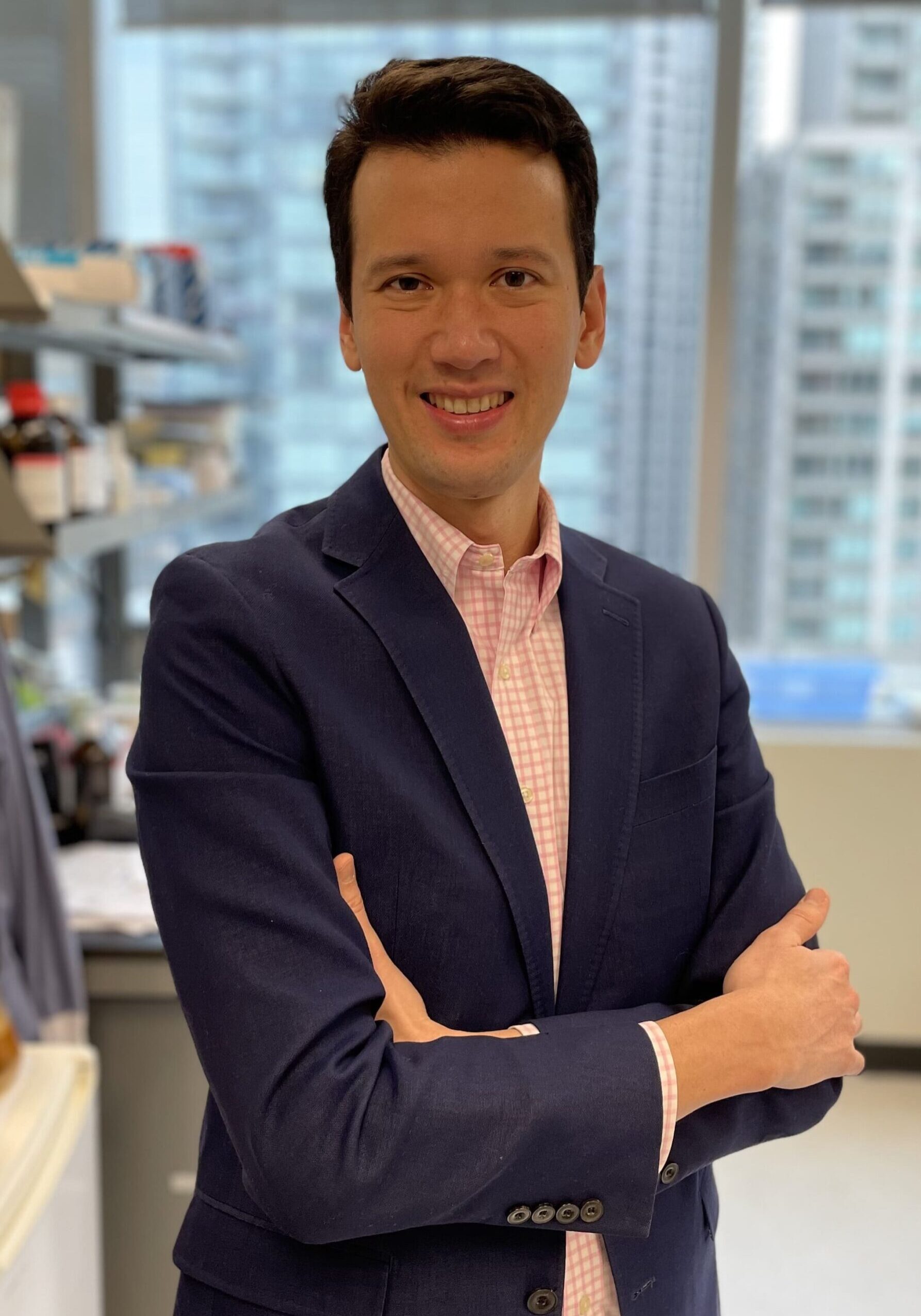ELVIN WAGENBLAST, PHD
The Tisch Cancer Institute at Mount Sinai
CureSearch Young Investigator Award: 2023-2025
Focus: Pediatric Leukemia; Acute Myeloid Leukemia
Project title: Targeting Therapy Resistance in NUP98-NSD1 Rearranged Childhood Leukemia
This project is supported in part by the Team Steve: Steven Crowe Legacy Fund
Leukemia is the most frequent cancer in children. Although acute myeloid leukemias (AMLs) only account for 20% of pediatric acute leukemias, it is the leading cause of childhood leukemia mortality. NUP98-NSD1 rearranged leukemia is observed in about 15% of cytogenetically normal pediatric AML cases and represents a poor prognostic group. There is a critical need to identify and characterize novel therapeutic interventions in cases where standard chemotherapy is ineffective in children with AML.
Elvin Wagenblast, PhD, from the Icahn School of Medicine at Mount Sinai, is approaching the study of pediatric leukemia in a different way by characterizing the evolution of leukemia from a developmental perspective. His team is researching the molecular mechanisms of NUP98-NSD1 rearranged pediatric AML using an innovative CRISPR/Cas9 mediated genomic engineering approach in human blood stem cells obtained from cord blood to model leukemia initiation and progression. The team is working to identify and characterize novel therapeutic targets that prevent leukemic maintenance and progression in NUP98-NSD1 rearranged leukemia.
Research Update December 2023:
Acute myeloid leukemia (AML) presents a formidable challenge due to its genetic heterogeneity, especially in pediatric cases where the fusion of NUP98 and NSD1 genes creates a particularly aggressive form of the disease resistant to standard chemotherapy. Children with this subtype, compounded with mutations in the WT1 gene, face dismal outcomes. The team's research aims to elucidate the mechanisms driving leukemogenesis in this context, focusing on understanding the role of the NUP98-NSD1 fusion and secondary mutations in WT1 in treatment resistance and disease progression. By utilizing a mouse model engrafted with human cells, they demonstrated that the NUP98-NSD1 fusion primarily affects stem cells from postnatal umbilical cord blood, shedding light on why this leukemia predominantly affects children. Additionally, the team found that WT1 mutations confer a more primitive state to cancer stem cells, making them resistant to standard therapies. The next steps involve testing novel treatment strategies using our model and patient samples across all developmental stages, aiming to decipher the developmental timing and mechanisms of these mutations, ultimately paving the way for more effective treatments tailored to pediatric AML patients.
Research Update April 2024:
Acute myeloid leukemia (AML) is a complex and diverse type of blood cancer that can differ greatly from one patient to another, partly due to various genetic changes. One particularly challenging form of AML is seen in children, where two genes, NUP98 and NSD1, merge to form a new, harmful protein. This type of AML is especially difficult to treat and has a high risk of not responding to standard chemotherapy. In fact, children with this form of AML, combined with additional mutations in another gene called Wilms tumor gene 1 (WT1), have a less than 10% chance of being disease-free after four years, illustrating that novel treatments are desperately needed for these children.
To better understand and fight this type of leukemia, Dr. Wagenblast created a model that mimics this specific genetic change in human cells. He and his team discovered something very interesting: this harmful protein causes cancer in stem cells from postnatal umbilical cord blood but not in stem cells from adult bone marrow, helping to explain why this leukemia primarily affects children. Dr. Wagenblast’s research has three main goals:
- To understand how and why this genetic change leads to leukemia in children.
- To figure out how mutations in the WT1 gene make this leukemia resistant to treatment.
- To find new ways to treat this form of leukemia.
To date, Dr. Wagenblast has shown that these WT1 mutations make the cancer stem cells more primitive and harder to target with current treatments. His next step is to test a new treatment strategy using his model and samples from patients, to potentially shed light on why children are particularly vulnerable to this form of leukemia and to develop more effective treatment options for them in the future.
"My vision is to understand the earliest steps of how and why childhood leukemia initiates and
to use this knowledge to innovate therapeutic intervention focused on targeting the
preleukemic and leukemic phase.”

